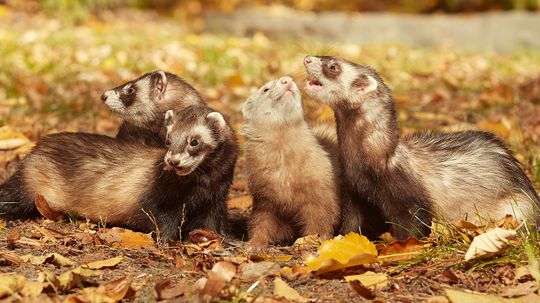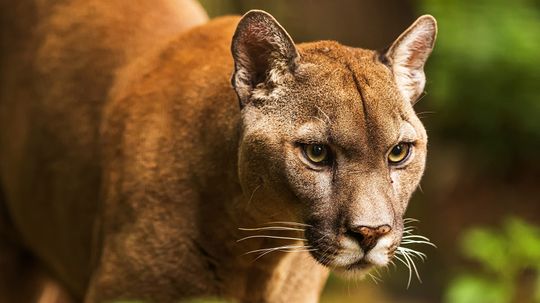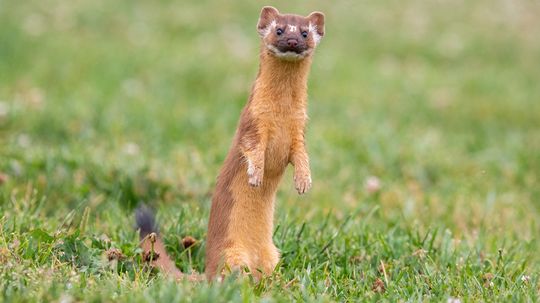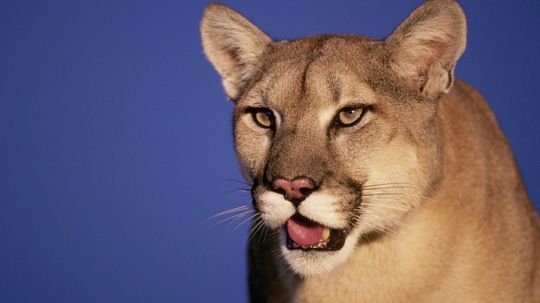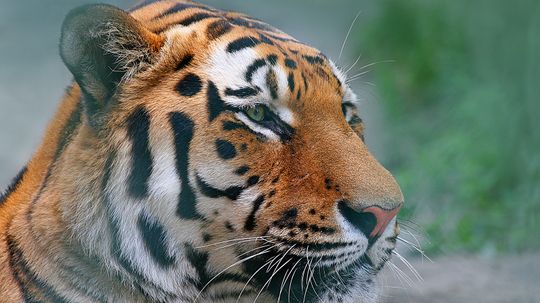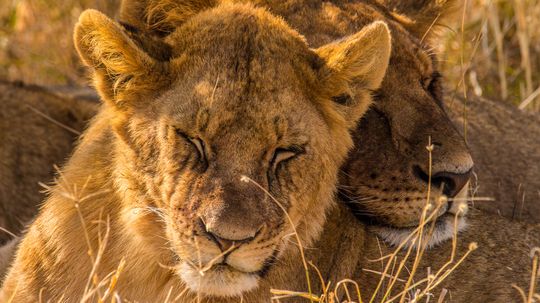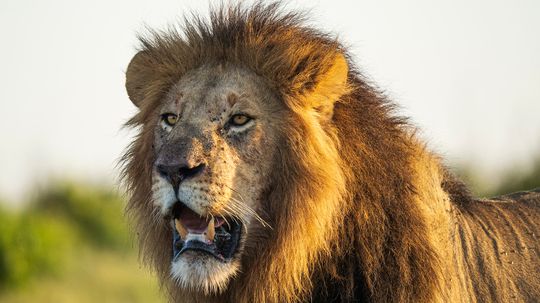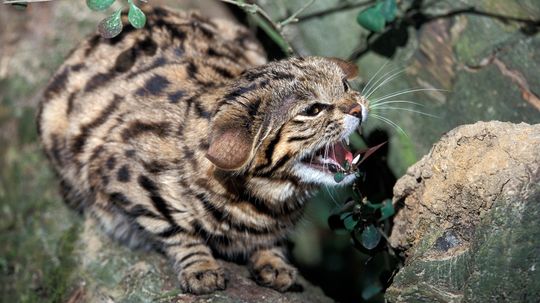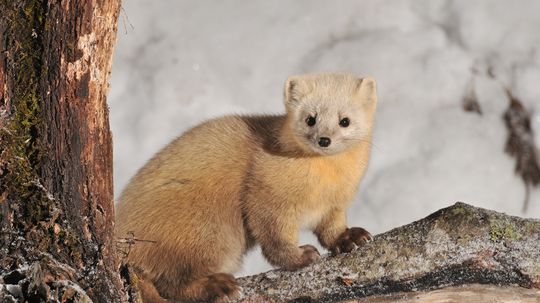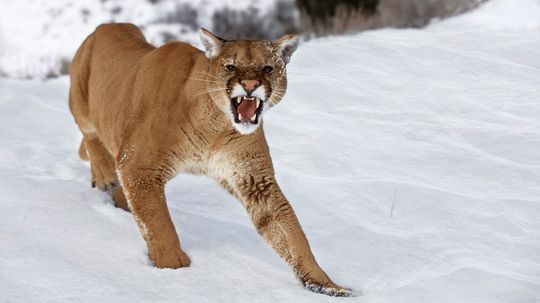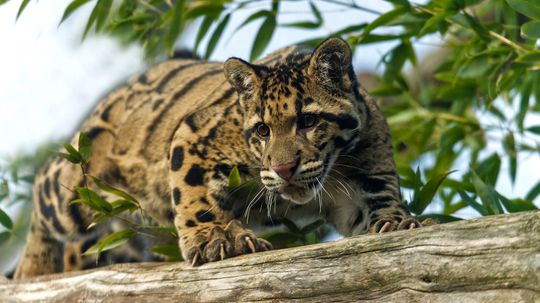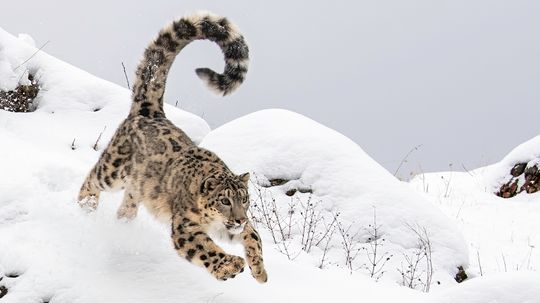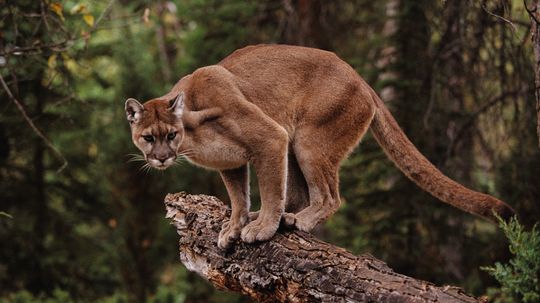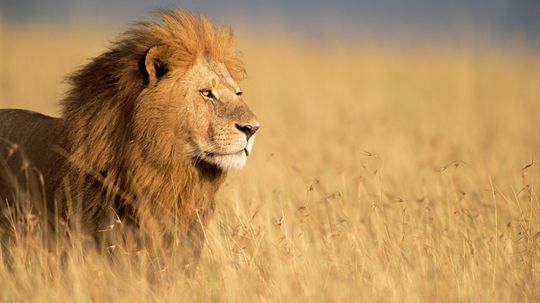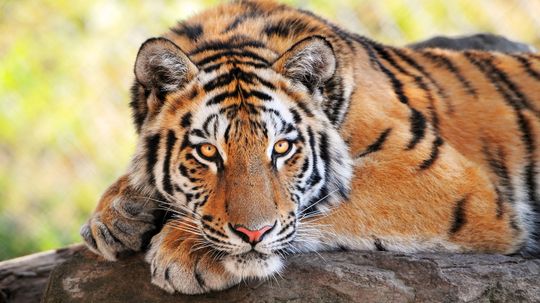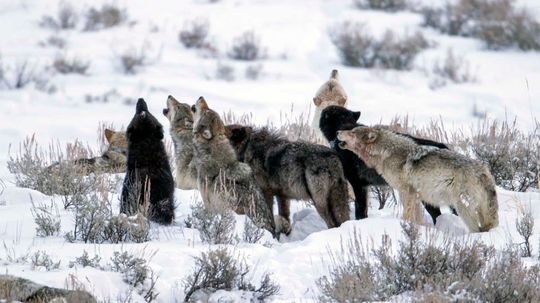Carnivores
Carnivores are meat-eating mammals. Learn about tigers, coyotes, and other predators of the animal kingdom.
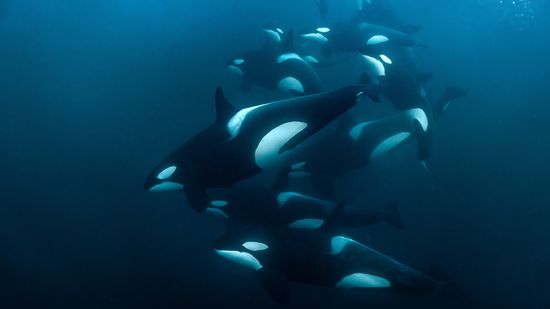
What Is a Group of Orcas Called? Not a School or a Squad But A...
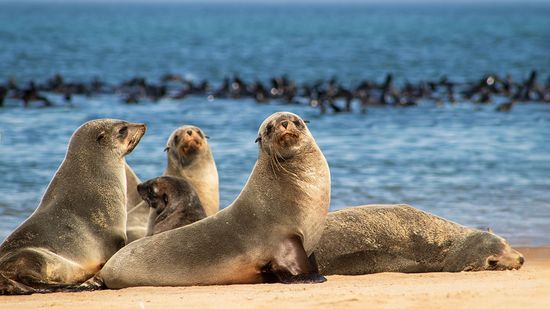
What Is a Group of Seals Called? Depends Where It Is
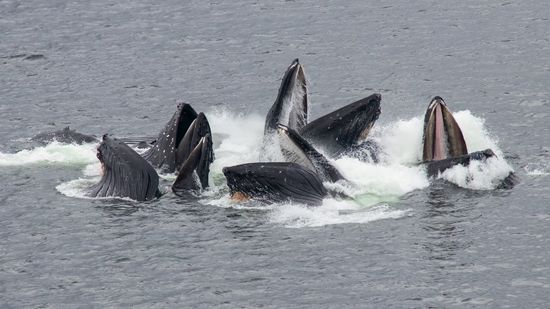
What Is a Group of Whales Called? Pods, Gams, Herds (but Not Schools)
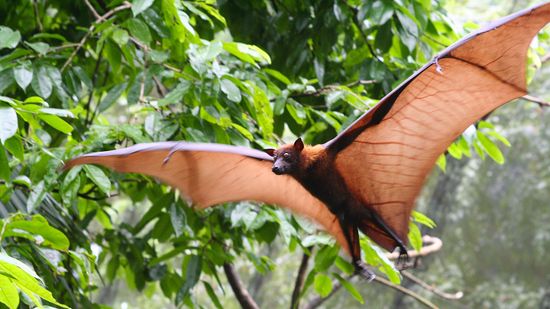
The Largest Bat in the World Has a Wingspan Over 5 Feet

Baby Bats Babble With Moms, Hinting at Human Language Development

Fruit Bats Are the Best Pollinators (and Suppliers of Tequila)

What Is a Group of Pandas Called? We're Blushing

What Do Pandas Eat (Other Than Bamboo)?
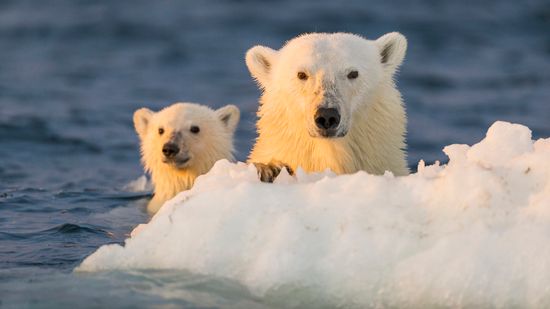
Polar Bear vs. Grizzly Bear: Which Bear Is Bigger and Tougher?
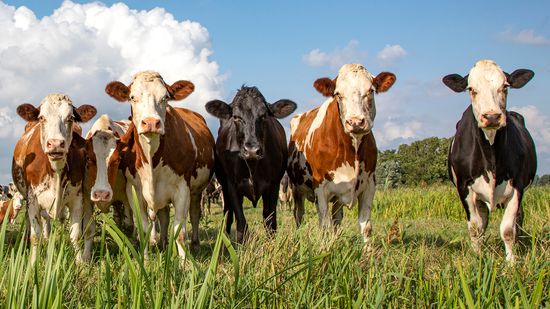
What Is a Group of Cows Called? Not Always a Herd
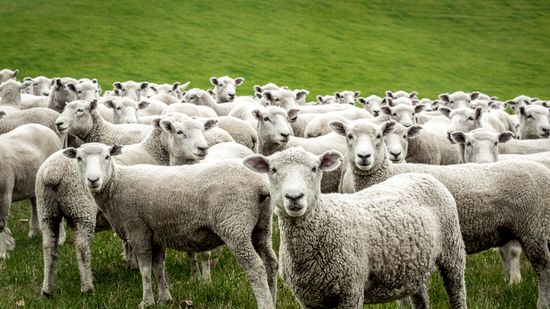
What Is a Group of Sheep Called? Not Necessarily a Herd
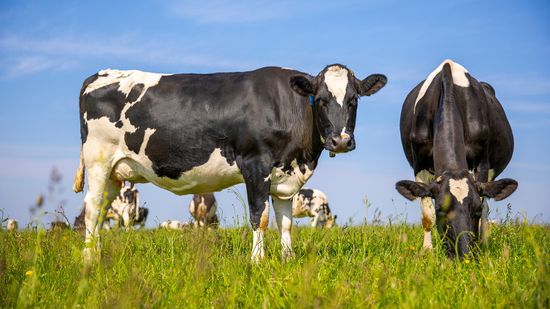
Where Do Cows Originate From? Taurine vs. Indicine Lineage
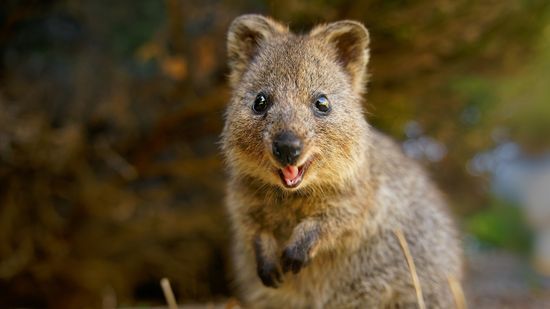
The Happiest Animal on Earth Is the Quokka
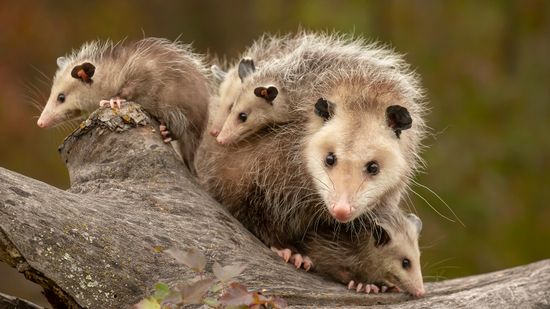
What Do Possums Eat? Most Things, It Turns Out

What's It Like Inside a Kangaroo's Pouch?
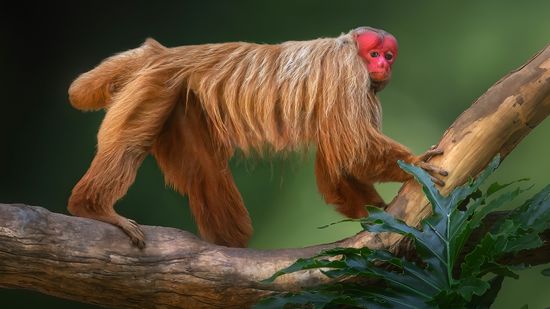
10 'Ugliest' Monkey Species: Unconventional Beauty in Primates

The Tiny Finger Monkey Gets Lonely Without Its Family
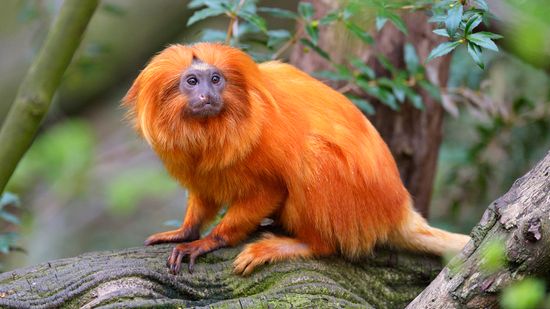
15 Types of Monkeys Climbing Trees All Around the World
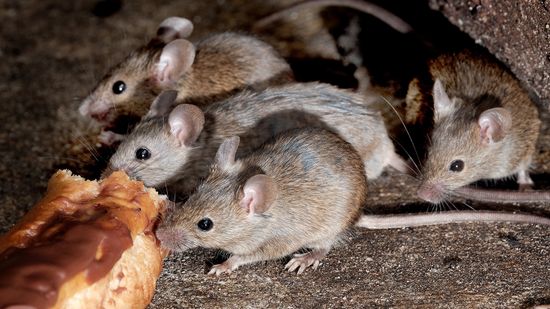
What Is a Group of Mice Called? Not Always a Colony
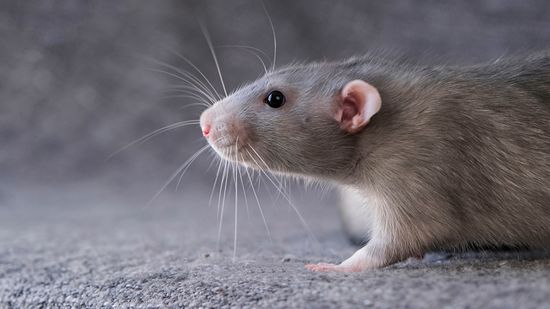
Rat Poop vs. Mouse Poop: Important Differences for Pest Control
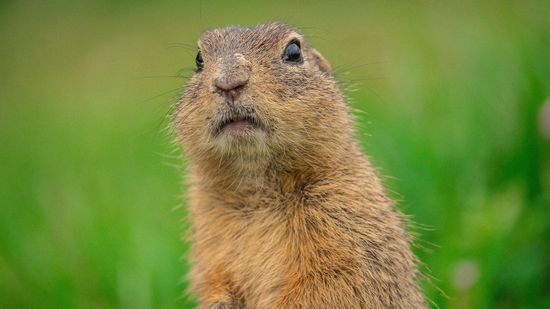
Groundhog vs. Gopher Habits and Identification

What Is a Group of Raccoons Called? It's Surprisingly Elegant
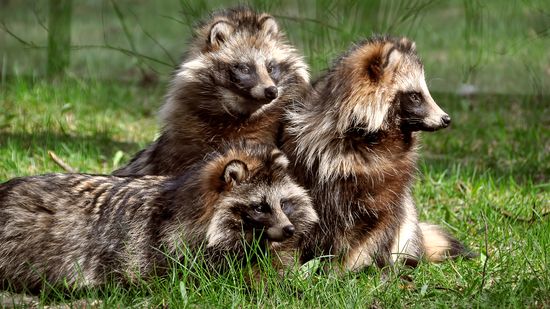
How Can Tanuki Be Both Real and Mythological?
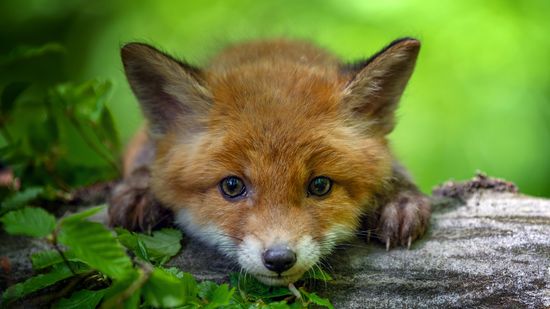
What Is a Baby Fox Called? Kit vs. Cub vs. Pup
Learn More
OK, you asked your friend, "What is a group of ferrets called," and they gave you a ridiculous answer: a business.
By Nico Avelle
When lions gather in the wild, they form a unique and powerful social unit. So, what is a group of lions called? The correct term is a pride.
By Nico Avelle
If you're all twisted up about the difference between a panther and a cougar, you're not alone. In fact, panther vs. cougar confusion is a classic case of regional naming rather than two distinct animals.
By Nico Avelle
Advertisement
They may look alike with their long, slender bodies and darting movements, but the ferret vs. weasel comparison reveals key differences in species, behavior, and domestication. These cousins belong to the family Mustelidae, which also includes otters, stoats, and minks.
By Nico Avelle
When looking at mountain lion vs. bobcat physiques, you’re looking at two iconic wild cats that share habitats but differ significantly in size, behavior, and offensive capabilities.
By Nico Avelle
When it comes to big cats, few comparisons get more attention than the showdown of panther vs. jaguar. These animals are powerful, stealthy and mysterious members of the animal kingdom. But are they actually separate species, or is the difference only fur-deep?
By Nico Avelle
Step aside, heavyweight champions of the animal world! There’s a Siberian tiger vs. Bengal tiger showdown that deserves center stage.
By Nico Avelle
Advertisement
Lions, one of the most iconic big cats in the animal kingdom, belong to the species Panthera leo, but not all lions are the same. There are several recognized subspecies, each adapted to a specific region and environmental conditions.
By Nico Avelle
If you've ever watched a nature documentary, you might have found yourself asking, what do lions eat? These majestic big cats, known scientifically as Panthera leo, are obligate carnivores that rely entirely on meat to survive.
By Nico Avelle
In the vast wilds of southern Africa, one of the fiercest hunters is also one of the tiniest. Meet the black-footed cat, also known as Felis nigripes. This small spotted cat may look like a house pet, but its stocky body, short tail and stealthy hunting skills place it among the most formidable of the wild cats.
By Nico Avelle
The Bengal tiger is one of the biggest wild cats on the planet. It's also a popular tiger in pop culture. Shere Khan from "The Jungle Book," Rajah as Jasmine's pet tiger in "Aladdin" and Richard Parker from "Life of Pi" — they're all Bengal tigers!
By Ada Tseng
Advertisement
When it comes to wild canines, coyote vs. fox identification can be tricky. At first glance, both coyotes and foxes may look similar with their bushy tails and pointed ears. But these two animals have plenty of key differences, including size, behavior, habitat and even how they hunt.
By Mack Hayden
When it comes to big cats, jaguar vs. leopard identification can be tricky due to the animals' similar spotted coats. However, these wild cats belong to separate species within the genus Panthera and have distinct differences in appearance, behavior and habitat.
By Mack Hayden
Sables are luxurious little animals. These fur-bearing mammals, native to the forests of Eurasia, have sandy yellow, light brown, dark brown and black coats, which are valuable commodities in the fur trade. Sable pelts are a symbol of wealth and elegance.
By Yara Simón
What's the difference between a purring feline on your lap and the most dangerous cat in the world? Whether large or small, the skilled hunters on this list capable of taking down prey — and sometimes they come into contact with humans, resulting in fatal or serious injuries.
By Zach Taras
Advertisement
The liger is the offspring of a male lion (Panthera leo) and a female tiger (Panthera tigris). There is another type of lion-tiger hybrid called a tigon, which results from the breeding of a male tiger and a female lion. But ligers specifically have male lions as their fathers and female tigers (aka tigresses) as their mothers.
By Ada Tseng
The Eurasian lynx (Lynx lynx) roams across a vast range that stretches from the dense boreal forests of Western Europe to the rugged mountains of Central Asia. The largest of all the lynx species, it plays a crucial role as a top predator in its ecosystem.
By Yara Simón
The clouded leopard roams the dense forests of Southeast Asia, from the foothills of the Himalayas to the tropical rainforests of Borneo and Sumatra. These elusive big cats have striking coat patterns and unique adaptations.
By Yara Simón
Often called the "ghosts of the mountains," the elusive snow leopard is one of the most mysterious big cats. Found in the rugged mountain ranges of Central Asia, these beautiful animals are perfectly adapted to their harsh, cold environments.
By Yara Simón
Advertisement
The cougar, also known as Puma concolor, is one of the most adaptable and widespread cat species in the Americas. You can find this elusive predator, commonly referred to as a mountain lion or puma, across a vast range that extends from the southern tip of South America to the wilds of Canada.
By Yara Simón
The lion, scientifically known as Panthera leo, is an awe-inspiring animal. These majestic big cats symbolize strength, courage, and royalty across various cultures. Primarily found in Africa and a small pocket in India, wild lions play a crucial role in maintaining the balance of their ecosystems.
By Yara Simón
Tigers, scientifically known as Panthera tigris, have striking orange coats, black stripes and piercing eyes. Like other big cats, tigers are at risk. Tiger populations occupy about 5 percent of their historical range, making conservation necessary.
By Yara Simón
Leopards, scientifically known as Panthera pardus, are some of the most adaptable big cats in the world. These sleek and powerful animals live in various habitats, from the savannas of Africa to the mountains of Central Asia.
By Yara Simón
Advertisement
A federal judge reversed a Trump administration ruling that removed the gray wolf from the Endangered Species Act. Here's why.
By Logan Smith
Servals have long legs and necks, which allow them to spot prey over the tall grasses of the savanna, but their huge ears give them their best weapon - an acute sense of hearing.
By Mark Mancini
